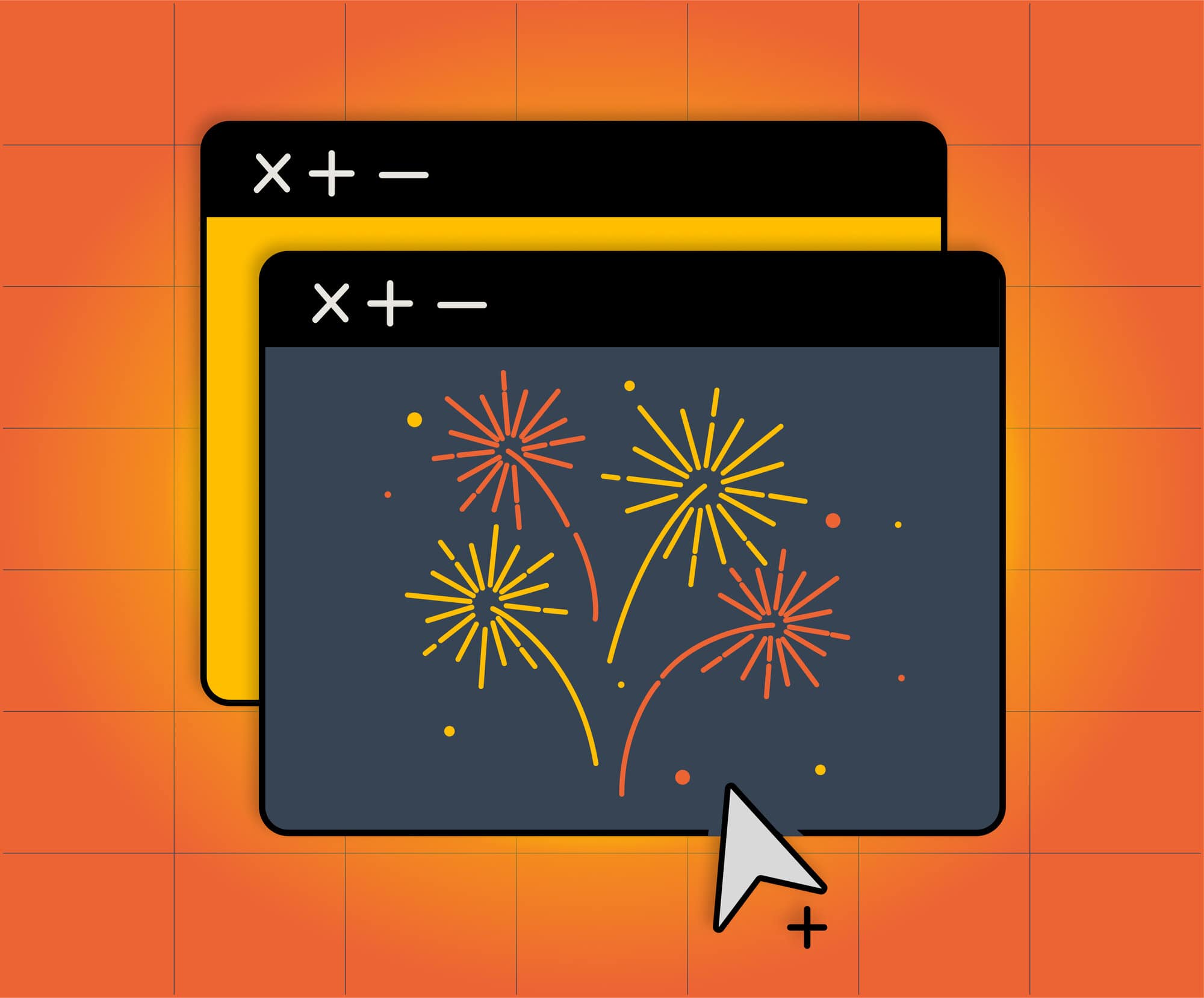
Welp. It’s that time of year again – resolution time. The beginning of a new year signifies the fresh start that will undoubtedly allow us all to become the best versions of ourselves – the fitter, healthier, less sugar-filled, more mindful versions that surely exist just beyond our grasp.
If you’re among the 38% of Americans that set a resolution, you might be currently scheming ways to improve your situation. If you aren’t among the roughly 1/3 of Americans that admit to setting resolutions on a random Google poll, I’d still be willing to bet you have an inkling of something to improve.
Yet despite our best efforts, it seems to me that most resolutions melt away with the first snow of the year. An article in Time magazine cites estimates that 80% of people fail to keep their New Year’s resolutions by February. I have no idea where they got that number, but it’s just absurd enough to make a point. Why do most New Year’s resolutions end up being January resolutions?
Design Thinking: A New Approach to Resolutions
I am certainly no expert on psychology, changing behavior, or motivations. But I do believe that applying design thinking to our resolution conundrums could make them more approachable, easier to tackle, and ultimately, more sustainable.
What do I mean by design thinking? There is not one single definition for design thinking, which often leaves it seeming amorphous and hard to grasp. It’s a mindset. It’s a strategy. It’s about taking an iterative approach to understand users, challenge assumptions, define problems, and test solutions. It’s a framework to approach a problem from a human-centered perspective. What are we trying to solve? Why are we trying to solve it?
You might be wondering how this applies to New Year’s resolutions. If we can shift our thinking from merely declaring our goals and outcomes to understanding those goals – or more specifically, what’s standing in the way of those goals – we might be able to make them stick.
One of the ways I’ve been applying design thinking is by reducing friction in the real world. In design, we often talk about making a path easier for a user. Don’t add extra clicks to complete a task. Don’t overcomplicate the process. You need to understand what a user is trying to accomplish and clear the path. What if we applied that logic to our resolutions?
Iterative Problem-Solving in Action
For example, say I have a goal to go on more morning runs before work. I have good intentions but when the alarm screams in my ear at dawn, the task of getting up in the darkness, getting dressed, finding my motivation and my shoes seems like far too much for my morning brain to handle. There’s too much friction. The task is too big.
What if instead of hitting snooze, I pay attention to what little things are making my goal seem insurmountable in the moment and focus on clearing the path for myself. What aspect of this morning routine is troubling me and what can I iterate on?
First things first, it’s dark and cold early in the morning. I can’t do anything about the rising sun, but I can empathize with myself. Waking up early is a hard problem. How can I make it a little easier? I can notice that picking clothes is difficult when I’m bleary eyed and that it’s a nuisance to take my house key off the ring every time and my full set is too bulky to bring with me.
Let’s start there. Maybe I set out clothes the night before and make a spare key that I can easily grab. It still requires motivation, but if I can identify and address what’s standing in my way – no matter how seemingly small and simple – I can work on making the task easier for myself. If it’s easier, I’m more likely to follow through.
Then I can test my theories and see what’s working and what’s not. Maybe I sleep in my running clothes. Maybe I switch to slip on shoes. Maybe I hide a key under the third flower pot from the left. You get the idea. By shifting my focus on identifying small tweaks that are within my control, I’m designing a better experience for myself.
The spare house key example is real, by the way. It seems silly that not having an extra key would be standing in my way of exercising, but it was.
This mental framework can be applied to all sorts of goals. It’s about breaking down the problem, thinking about the process, and being open to trying different approaches. Want to meal prep more? Maybe finding recipes is the hurdle or your Tupperware drawer is the stuff of nightmares. Keeping a book of recipe ideas or isolating your favorite containers could be your ticket to success.
Designing for Success
By identifying moments of friction and tweaking small interactions of your experience, you are allowing yourself to think creatively about the solution. Thinking creatively just might be the way to get those resolutions to stick around a little longer this time around the sun.
Loved the article? Hated it? Didn’t even read it?
We’d love to hear from you.



